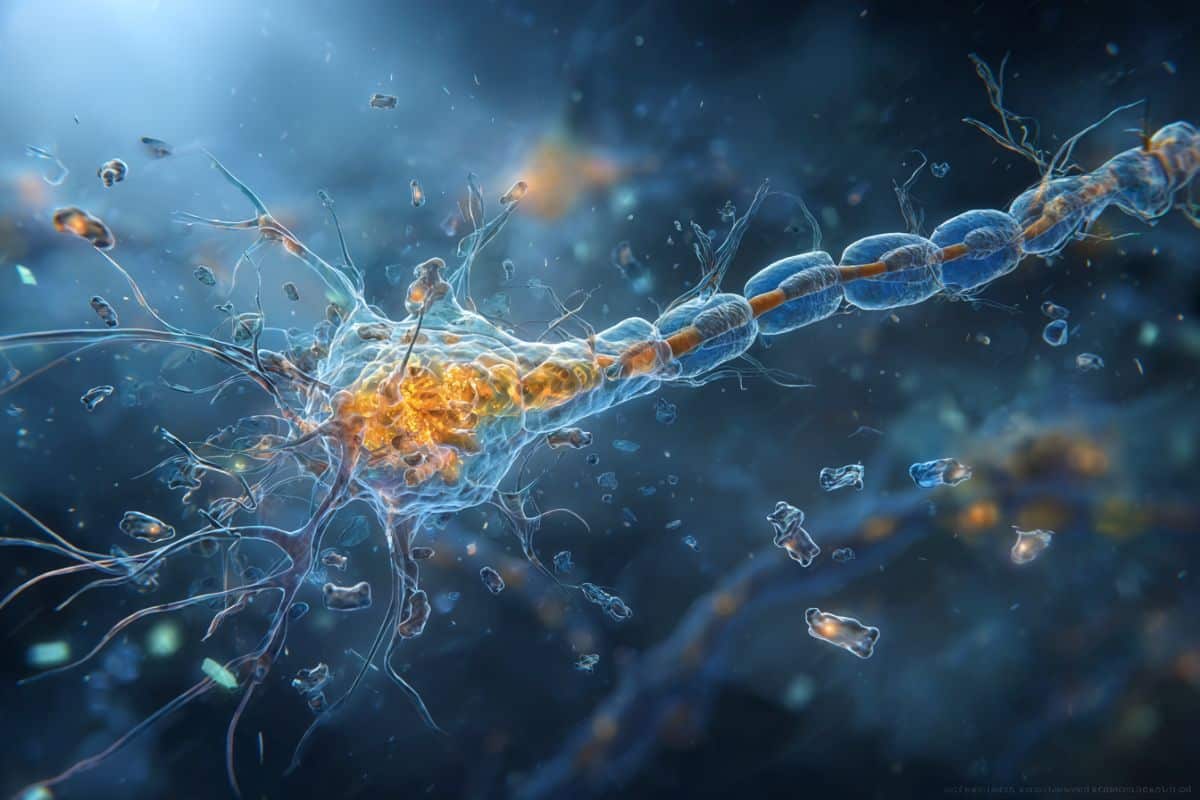New reconstructions of 540 million years of climate history show the planet tumbling between icehouse and hothouse states, revealing how rare and vulnerable our temperate moment is.


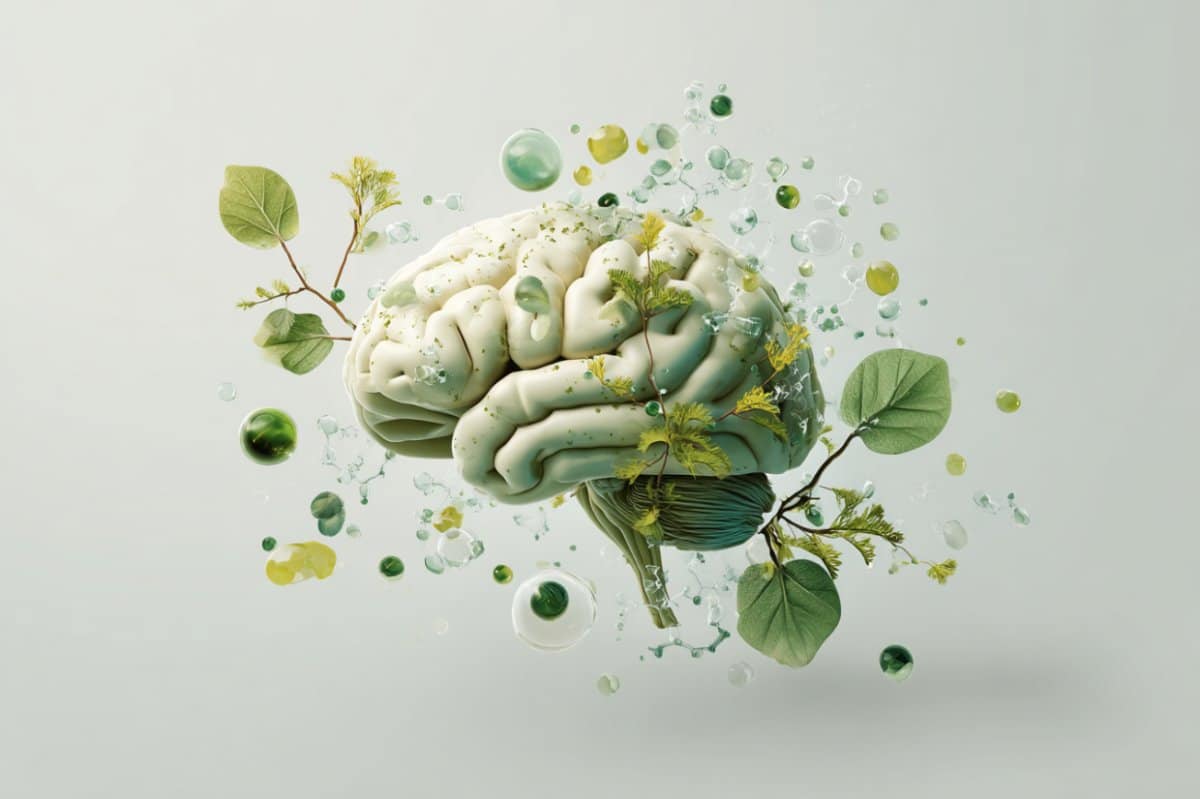
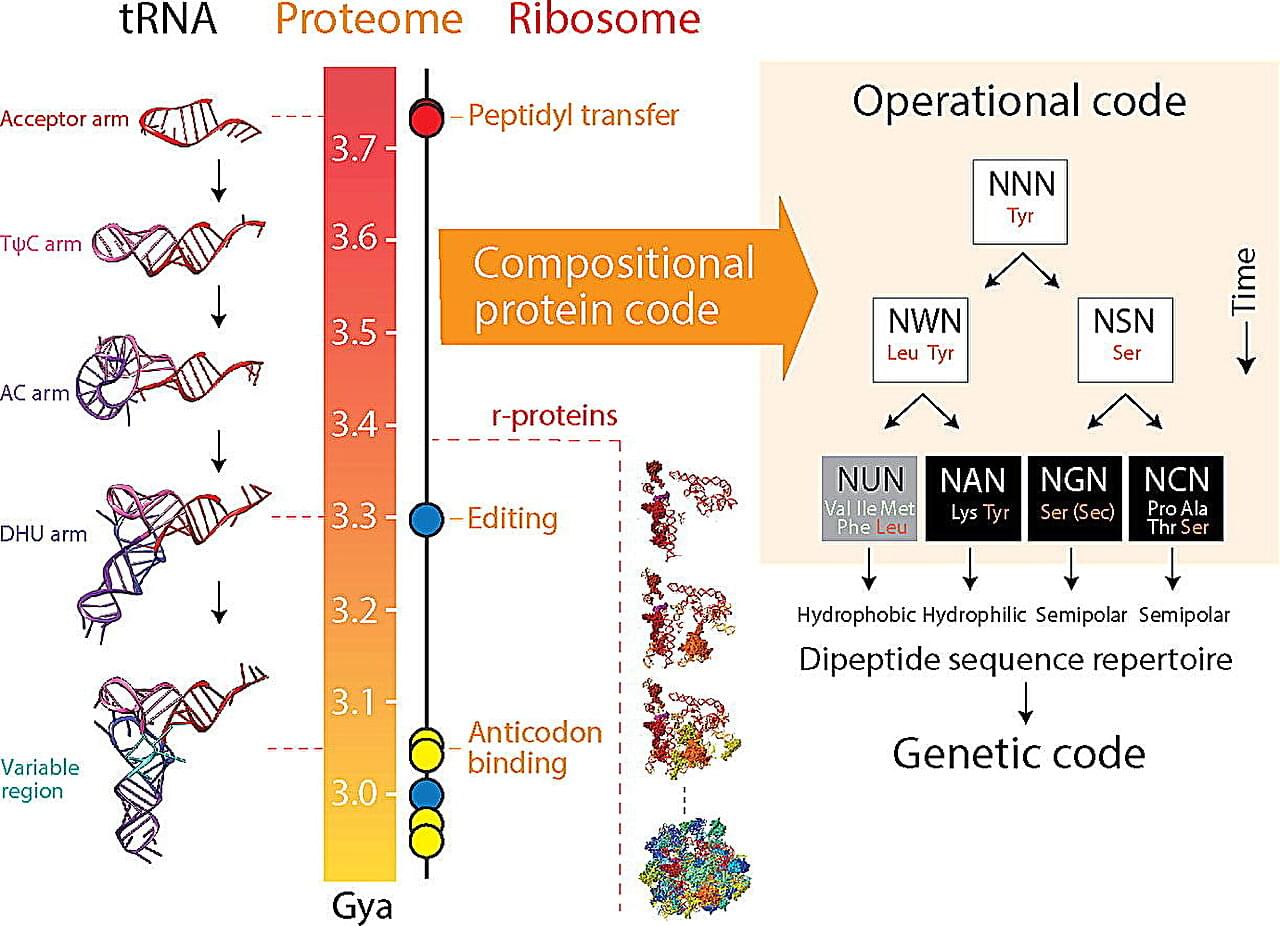
Genes are the building blocks of life, and the genetic code provides the instructions for the complex processes that make organisms function. But how and why did it come to be the way it is?
A recent study from the University of Illinois Urbana-Champaign sheds new light on the origin and evolution of the genetic code, providing valuable insights for genetic engineering and bioinformatics. The study is published in the Journal of Molecular Biology.
“We find the origin of the genetic code mysteriously linked to the dipeptide composition of a proteome, the collective of proteins in an organism,” said corresponding author Gustavo Caetano-Anollés, professor in the Department of Crop Sciences, the Carl R. Woese Institute for Genomic Biology, and Biomedical and Translation Sciences of Carle Illinois College of Medicine at U. of I.
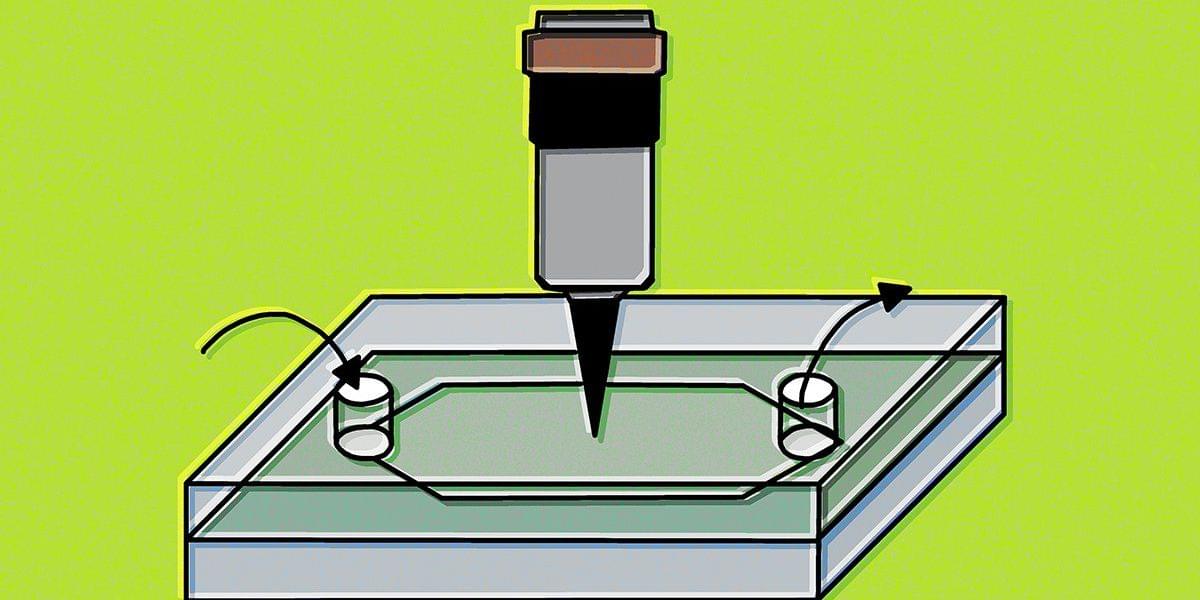


Supported by the Allen Institute’s OpenScope program, the findings could help us better understand neuropsychiatric disorders like schizophrenia and reshape our understanding of vision

Mayo Clinic researchers have developed a new way to predict whether existing drugs could be repurposed to treat heart failure, one of the world’s most pressing health challenges. By combining advanced computer modeling with real-world patient data, the team has created “virtual clinical trials” that may facilitate the discovery of effective therapies while reducing the time, cost, and risk of failed studies.
“We’ve shown that with our framework, we can predict the clinical effect of a drug without a randomized controlled trial. We can say with high confidence if a drug is likely to succeed or not,” says Nansu Zong, Ph.D., a biomedical informatician at Mayo Clinic and lead author of the study, which was published in npj Digital Medicine.
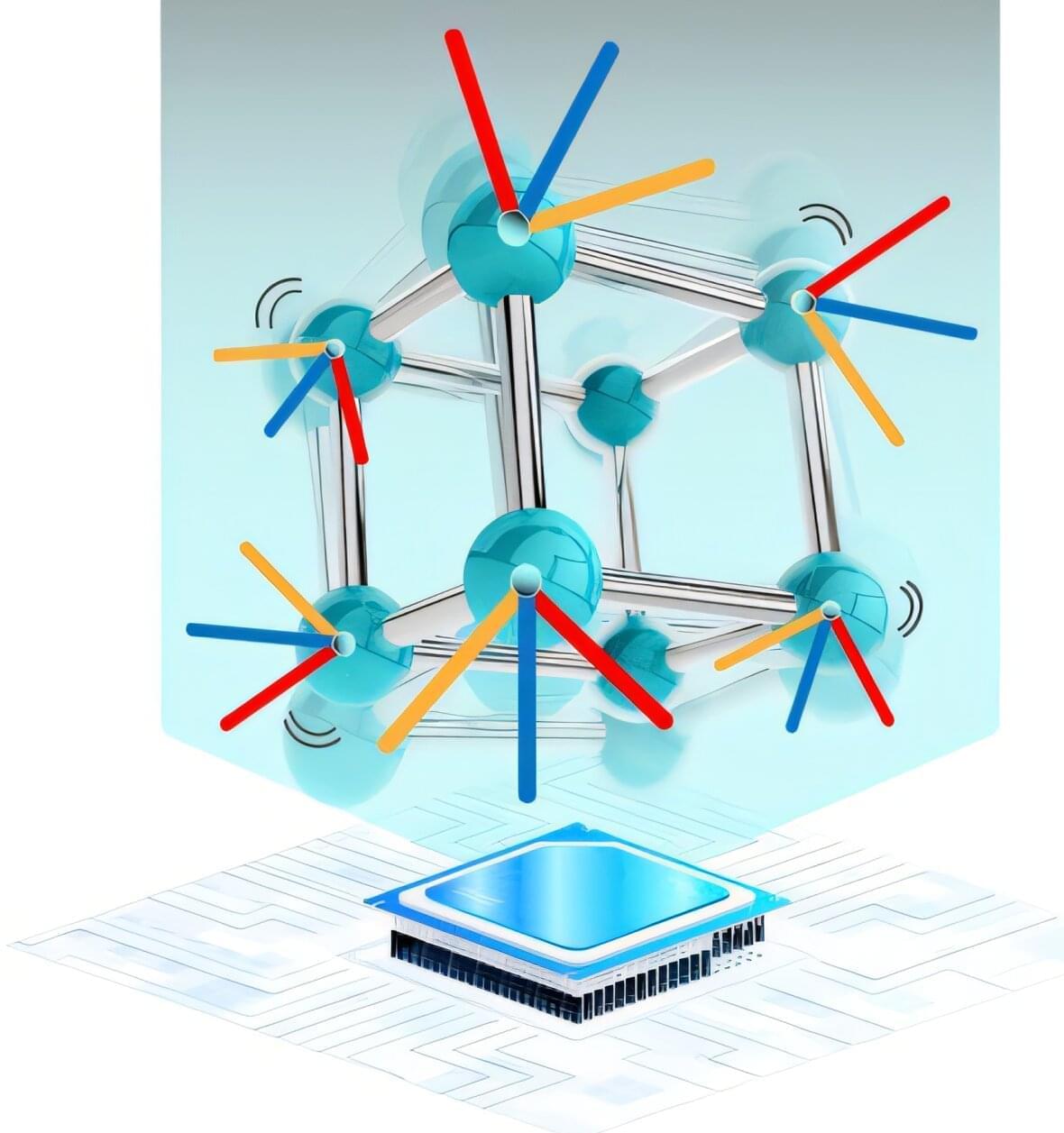
Caltech scientists have developed an artificial intelligence (AI)–based method that dramatically speeds up calculations of the quantum interactions that take place in materials. In new work, the group focuses on interactions among atomic vibrations, or phonons—interactions that govern a wide range of material properties, including heat transport, thermal expansion, and phase transitions. The new machine learning approach could be extended to compute all quantum interactions, potentially enabling encyclopedic knowledge about how particles and excitations behave in materials.
Scientists like Marco Bernardi, professor of applied physics, physics, and materials science at Caltech, and his graduate student Yao Luo (MS ‘24) have been trying to find ways to speed up the gargantuan calculations required to understand such particle interactions from first principles in real materials—that is, beginning with only a material’s atomic structure and the laws of quantum mechanics.
Last year, Bernardi and Luo developed a data-driven method based on a technique called singular value decomposition (SVD) to simplify the enormous mathematical matrices scientists use to represent the interactions between electrons and phonons in a material.
